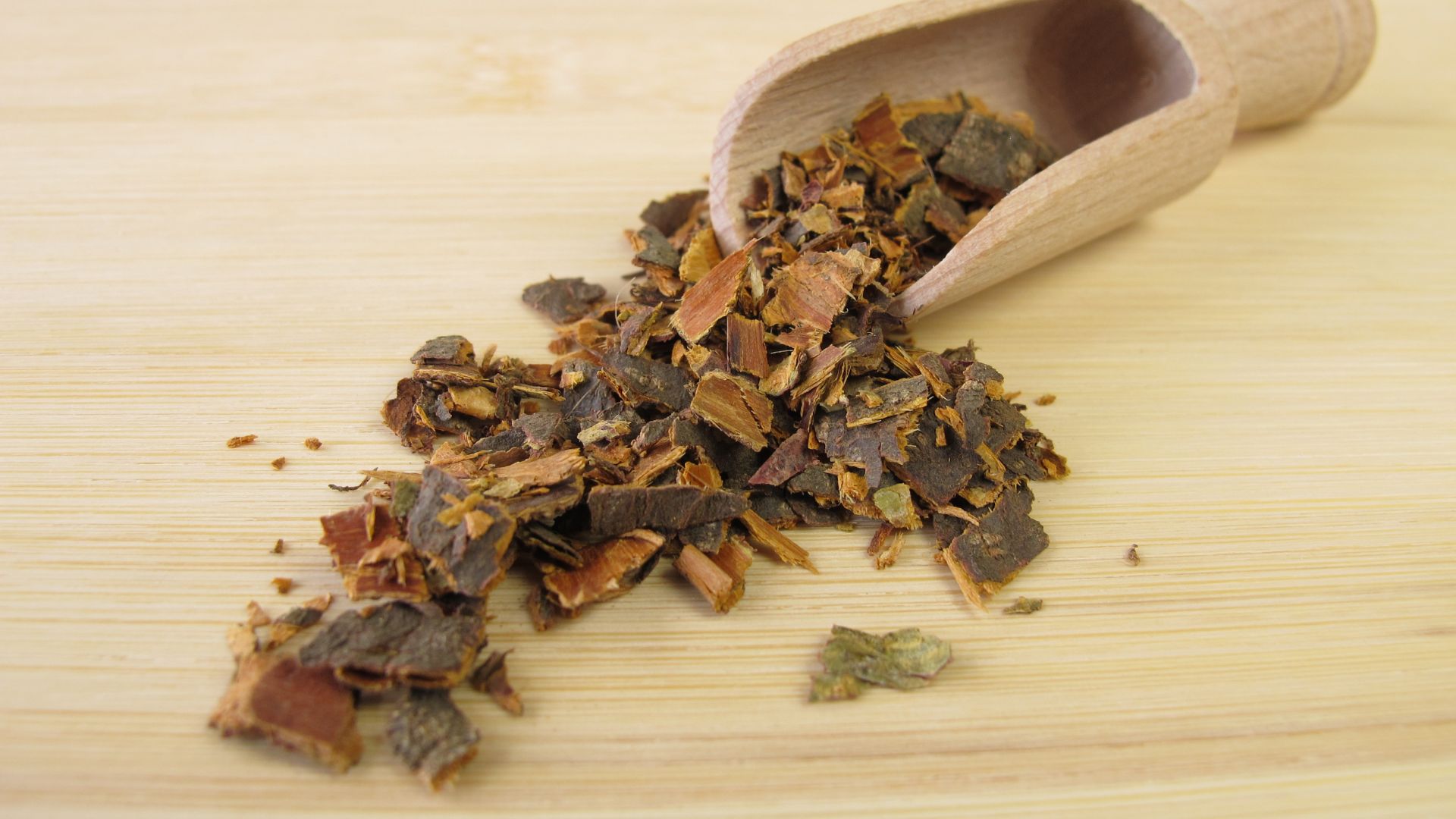Buckthorn Bark, a remedy steeped in history and tradition, remains a potent herbal ally in modern wellness practices. Deriving from the Rhamnus genus, particularly from species like Rhamnus frangula (Alder Buckthorn) and Rhamnus cathartica, this bark has been utilized for its medicinal properties across various cultures. This article embarks on an exploration, detailing its definition, applications, benefits, methods of use, historical context, intriguing facts, and a succinct summary.
What is Buckthorn Bark?
It comes from the buckthorn plant, a deciduous shrub or small tree known for its dense, thorny branches and modest green leaves. The bark, harvested primarily from young branches, harbors a myriad of bioactive compounds, including anthraquinones, which are credited with much of the plant’s laxative effects.
Five Benefits of Buckthorn Bark
1. Natural Laxative
The most celebrated use is its efficacy as a natural laxative, offering relief from constipation by stimulating bowel movements.
2. Digestive Health Support
Beyond its laxative properties, it is believed to enhance overall digestive health by supporting the gut’s natural functions and promoting the balance of gut flora.
3. Detoxification
Traditionally used for blood purification, it aids in the body’s detoxification processes, helping eliminate toxins and improving overall health.
4. Anti-inflammatory Properties
Although less known, it exhibits anti-inflammatory effects, potentially aiding in the reduction of inflammation-related discomfort in the body.
5. Skin Health
Indirectly, by promoting detoxification and digestive health, it is thought to contribute to clearer, healthier skin, reflecting the body’s internal health.
How to Use Buckthorn Bark
Buckthorn Bark is commonly consumed as a tea or decoction, made by simmering the dried bark in water. It’s also available in capsule form, as a liquid extract, and occasionally, in powdered form. Due to its strong laxative effect, it’s crucial to adhere to recommended dosages and to consult a healthcare provider before starting any new herbal regimen, especially for those with pre-existing health conditions or who are pregnant or nursing.
Fun Facts
- Buckthorn Bark must be aged or properly processed before use to ensure the anthraquinones are not too harsh.
- The plant is also valued for its berries and wood, with the former used in dyes and the latter in fine woodworking.
In conclusion, Buckthorn Bark stands out as a testament to the enduring legacy of traditional herbal remedies in contemporary wellness practices. With its primary acclaim as a natural laxative, along with benefits ranging from digestive health support to aiding in detoxification, it offers a multifaceted approach to natural health. When used responsibly and under professional guidance, Buckthorn Bark can be a valuable component of a holistic health regimen. Its rich history, combined with ongoing interest in its potential, underscores the dynamic relationship between traditional knowledge and modern health aspirations, making Buckthorn Bark a fascinating subject of both historical and practical relevance in the herbal medicine landscape.



